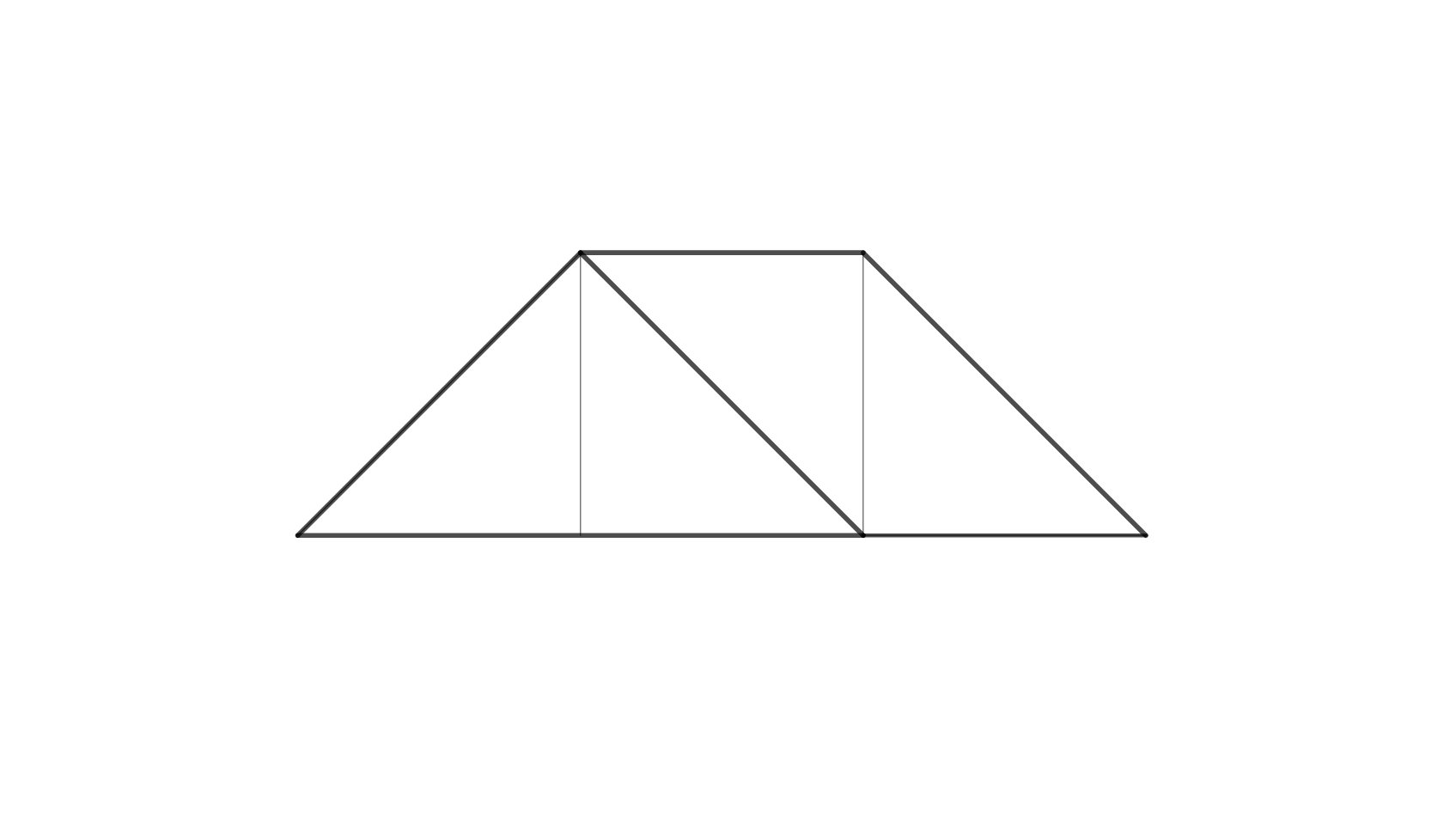My earlier comment "parallelogram and kite" was signaling an infinite family of examples of groups of $m$ convex lattice polygons where all of them from the same group have the same diameter, perimeter, and area (where finite $m$ can be arbitrarily large). There are even two such infinite families.
The FIRST two power families:
Let $\ d_1>d_2>\ldots>d_n>0,\,\ $ and $\,\ y_0 > 0\,\ $ and
$\,\ y_k=y_{k-1}+d_k\ $ for $\ k=1\ldots n.$
Let $\ 0\le a_0<a_1<\ldots a_n\,\ $ and $\,\ x_0:=X\ \ge
\ a_0+ 2\cdot(a_0+\ldots +a_{n-1})+ a_n.$
We start with $4$ vertices $\ (0\ 0)\ $ and $\ (X\ 0)\,\ $ and
$\ (\xi_0\ y_0):=(0\ y_0)\ $ and $\ (\eta_0\ y_0):=(x_0\ y_0).$
Next, we have $\ (\xi_k\ y_k)\,$ and $\ (\eta_k\ y_k),\ $ where either
$$ \xi_k:=\xi_{k-1}+a_k\qquad\text{and}\qquad \eta_k:=\eta_{k-1}-a_{k-1} $$
or
$$ \xi_k:=\xi_{k-1}+a_{k-1}\qquad\text{and}\qquad \eta_k:=\eta_{k-1}-a_k $$
for every $\ k=1\ldots n.$
This way, for fixed $d_k$ and $a_k$ and $X$, we get a family of $2^n$ polygonal when considering all above vertices, and we get an additional $2^n$ polygons when we omit $\ (0\ 0)\ $ and $\ (X\ 0).$ Within each of these two groups the perimeter and the area is respectively the same.
Furthermore, plenty of them can have the same diameter as well. In particular, when you put some additional constraints then all of them within the same group will have the same diameter equal to $\ \sqrt{h_0^{\,2}+X^2}\ $ in the case of $2^{n+1}$-group or $\ X\ $ in the case of the $2^n$-group respectively.
The SECOND two power families:
You take two members (the two can be the same) of one of these families, you take a mirror reflection of one of these two members w.r. to the x-axis in the case of the $2^{n+1}$-group, and w.r. to the line parallel line $y=y_0$. The union set of the vertices of these two polygons forms the vertex set of a respective convex lattice polygon of the SECOND type, and we have a similar situation as in the FIRST case.



